Health facilities preparedness to deliver maternal and newborn health care in Kilifi and Kisii Counties, Kenya
Authors & affiliation
James Orwa, Marleen Temmerman, Lucy Nyaga, Kennedy Mulama, Stanley Lüchters
Abstract
Introduction: Health facility preparedness is essential for delivering quality maternal and newborn care, minimizing morbidity and mortality by addressing delays in seeking skilled care, reaching appropriate facilities, and receiving emergency care. A rapid assessment of 23 government health facilities in Kilifi and Kisii counties identified poor maternal and newborn indicators in 16 facilities. The Access to Quality Care through Extending and Strengthening Health Systems (AQCESS) project supported these facilities with training, equipment, and referral linkages. This study focuses on facility preparedness of the 16 facilities to deliver maternal and newborn health services, specifically delays two and three at the end of the project implementation. Methods: A descriptive cross-sectional study was carried-out on behalf of AQCESS project team by respective county ministry of health in-charge of reproductive maternal newborn and child health programs and trained nurses and medical doctors from Aga Khan health services in December 2019. The study evaluated the accessibility and reliability of drugs, commodities, equipment, personnel, basic necessities (such as water and electricity), and guidelines using validated World Health Organization service availability and readiness assessment tool. The findings of the assessment are presented through frequency and percentage analysis, along with a comparative analysis between the two counties. Results: All the 16 facilities assessed offered routine antenatal care (ANC) and normal delivery, but only two provided comprehensive emergency obstetric and newborn care (CEmONC). Most essential medicines, commodities, and required equipment were available. BEmONC and CEmONC guidelines were present in Kilifi, not in Kisii. One staff member was available 24/7 for cesarean section (CS) in each county, with one anesthetist in Kilifi. Electricity was accessible in all facilities, but only half had secondary power supply. Facilities offering CS had backup generators. Conclusion: The Facilities assessed had necessary drugs, commodities, equipment, and requirements, but staffing and guidelines were limited. Kilifi outperformed Kisii in most indicators. Additional support is needed for infrastructure and human resources to deliver quality maternal and newborn health services. Continuous monitoring will facilitate resource allocation based on facility needs.
Publication date:
2023
Staff members:
Marleen Temmerman
Stanley Luchters

